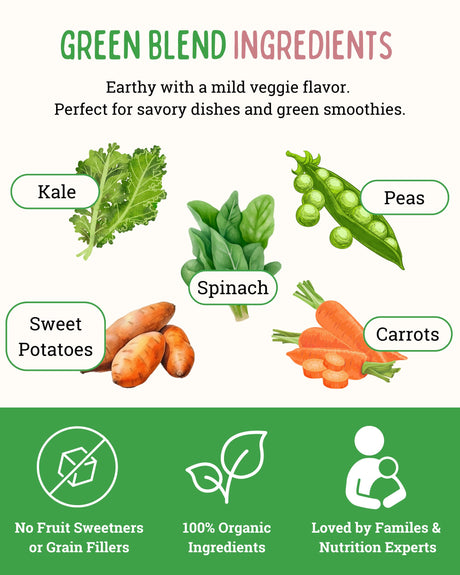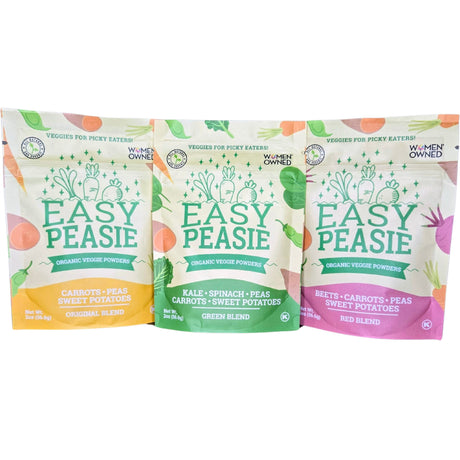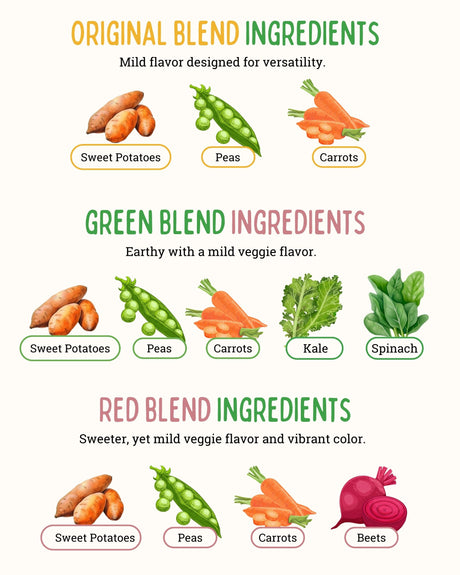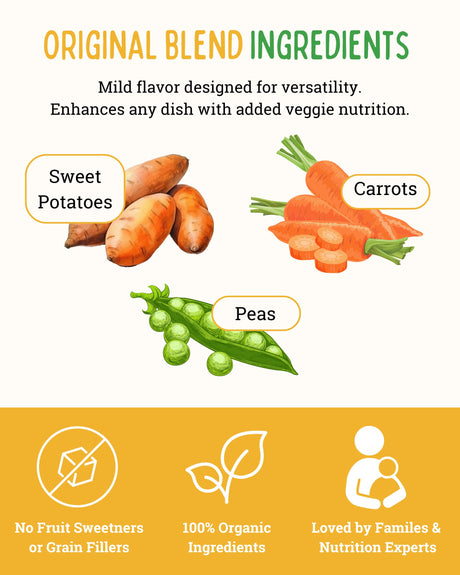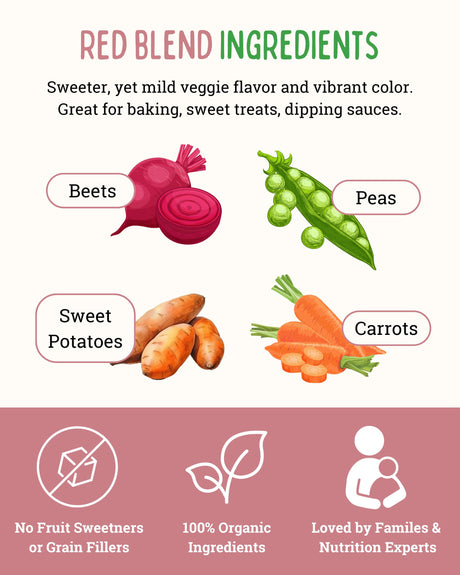The Sunshine Vitamin: A Cornerstone of Health
Vitamin D, often fondly referred to as the 'sunshine vitamin', plays a crucial role in our overall health and well-being. It's not just a vitamin but a hormone that our bodies create when exposed to sunlight.
Known primarily for its essential role in bone health by aiding calcium absorption, Vitamin D also significantly impacts our immune system, mood regulation, and muscle function. It's a powerhouse nutrient that supports everything from strong bones to a robust immune response.
Winter's Challenge: Sufficient Vitamin D Intake
As the winter months roll in, with their shorter days and reduced sunlight, maintaining sufficient levels of Vitamin D becomes a significant challenge. The lack of adequate sunlight exposure can lead to lower Vitamin D synthesis in our skin, which is particularly concerning as many of us spend more time indoors during the colder months.
This seasonal shift can have profound implications for our health, making it crucial to understand and address the potential shortfall in this essential nutrient. The winter season calls for a proactive approach to ensure that our bodies get the Vitamin D they need to support their various functions and keep us feeling our best.
What is Vitamin D?
Unraveling the Basics of Vitamin D
Vitamin D is more than just a simple nutrient; it's a fat-soluble vitamin that functions like a hormone within our body. It exists in two main forms: Vitamin D2 (ergocalciferol), typically found in plant-based foods and certain supplements, and Vitamin D3 (cholecalciferol), which is found in animal-based foods and is also produced in our skin in response to sunlight exposure. Vitamin D plays a pivotal role in numerous bodily functions.
It's essential for the absorption and metabolism of calcium and phosphorus, thus playing a key role in maintaining healthy bones and teeth. Beyond this, Vitamin D influences immune function, helps regulate mood, and is even linked to a reduced risk of certain chronic diseases.
The Sun-Skin Connection: Vitamin D Synthesis
One of the most fascinating aspects of Vitamin D is how our bodies synthesize it. When our skin is exposed to sunlight, specifically ultraviolet B (UVB) rays, it triggers the production of Vitamin D3. This process is our primary natural source of the vitamin. The amount of Vitamin D synthesized depends on several factors, including the time of day, geographic location, skin pigmentation, and the presence of sunscreen or clothing.
During winter, shorter days and lower UV levels, especially in higher latitudes, can significantly reduce our ability to produce enough Vitamin D, leading to the need for dietary sources or supplementation to meet our body’s requirements.
Understanding this synthesis process is key to recognizing why maintaining adequate Vitamin D levels can be a challenge, particularly in the winter months.
The Winter Vitamin D Challenge
Navigating the Drop in Vitamin D Levels During Winter
The winter months bring a unique challenge to maintaining optimal Vitamin D levels. This challenge stems primarily from the significant reduction in sunlight exposure, a key factor in Vitamin D synthesis.
As the days grow shorter and colder, we naturally spend more time indoors, away from the direct sunlight that stimulates Vitamin D production in our skin. Additionally, in many regions, the sun's rays are less intense and at a lower angle during winter, further diminishing our ability to produce sufficient Vitamin D.
Lifestyle and Environmental Factors at Play
Beyond the lack of sunlight, winter also prompts changes in our lifestyle that can affect Vitamin D levels. We tend to bundle up more, covering most of our skin, which further limits our skin's exposure to the sun. Moreover, in colder climates, the use of sunscreen decreases significantly, which, although beneficial for Vitamin D synthesis, can increase the risk of skin damage.
These seasonal lifestyle adjustments, combined with environmental factors, contribute to a widespread decrease in Vitamin D levels during winter, impacting various aspects of our health, from bone density to immune function.
Recognizing these challenges is the first step in addressing the winter Vitamin D deficit and ensuring our bodies have what they need to stay healthy during the colder months.
Health Impacts of Vitamin D Deficiency

Confronting the Consequences of Inadequate Vitamin D
Vitamin D deficiency is not just a numerical shortfall; it can manifest in various tangible health issues. One of the most immediate and well-known consequences is its impact on bone health.
Vitamin D plays a crucial role in calcium absorption, and without it, bones can become brittle, leading to conditions like osteoporosis and rickets. In children, this can result in delayed skeletal development and in adults, an increased risk of fractures.
Beyond Bones: Vitamin D's Wider Health Role
The role of Vitamin D extends far beyond just supporting bone health. It is integral to the functioning of the immune system. A deficiency can compromise the body's ability to fight off infections and may contribute to an increased susceptibility to autoimmune diseases.
Furthermore, Vitamin D has been linked to mood regulation and mental health. Low levels of this vitamin have been associated with an increased risk of conditions such as depression and Seasonal Affective Disorder (SAD), particularly prevalent during the darker winter months.
The Long-Term Implications of Vitamin D Deficiency
When Vitamin D deficiency persists over time, the risks extend into more chronic health conditions. Research suggests a correlation between long-term Vitamin D deficiency and an increased risk of several types of cancer, heart disease, and multiple sclerosis.
These potential long-term health implications highlight the importance of not only addressing Vitamin D deficiency in the short term but also maintaining adequate levels as a part of ongoing health and wellness strategies.
Understanding these risks underscores the need for proactive management of Vitamin D levels, especially in the winter months when natural synthesis is at its lowest.
Identifying Vitamin D Deficiency
Spotting the Signs of Low Vitamin D
Vitamin D deficiency can often be subtle and overlooked, but recognizing the signs is crucial for timely intervention. Some common symptoms include fatigue, bone pain, muscle weakness or cramps, and mood changes like increased feelings of depression or anxiety.
In children, severe deficiency might manifest as delayed growth or bone deformities. It's important to note that these symptoms can be nonspecific and may overlap with other health issues, making it essential to consider them in conjunction with other factors.
Getting Tested: The First Step to Clarity
The most reliable way to determine if you have a Vitamin D deficiency is through a blood test, typically measuring the level of 25-hydroxyvitamin D. This test can be requested by your healthcare provider, who can also help interpret the results.
The results will indicate whether your Vitamin D levels are sufficient, insufficient, or deficient, based on established guidelines. Understanding these results is crucial, as they guide any necessary dietary changes, lifestyle adjustments, or supplementation.
Your healthcare provider can also offer personalized advice based on your specific health profile and needs. Regular monitoring can be particularly important for those living in areas with limited winter sunlight or for individuals at higher risk of deficiency.
Dietary Sources of Vitamin D

Tapping Into Vitamin D-Rich Foods
While sunlight is a primary source of Vitamin D, certain foods can also significantly contribute to your intake. Fatty fish like salmon, mackerel, and sardines are among the richest natural sources, making them excellent choices for meals.
Eggs, particularly the yolks, also contain Vitamin D, offering a versatile option for breakfast or as an ingredient in various dishes. For vegetarians or those who prefer plant-based diets, mushrooms exposed to UV light can provide a decent amount of this vital nutrient.
Embracing Fortified Foods
Fortified foods play a significant role in increasing dietary Vitamin D, especially in regions with limited sunlight exposure. Many dairy products, plant-based milk alternatives, and breakfast cereals are fortified with Vitamin D, making them convenient sources to include in your daily diet.
For example, starting your day with a fortified cereal or incorporating fortified milk into smoothies or coffee can effortlessly increase your Vitamin D intake. Regular consumption of these fortified foods, alongside natural sources, can help maintain adequate Vitamin D levels, particularly during the winter months when sun exposure is minimal.
It’s important to read food labels to understand the Vitamin D content and ensure you're meeting your daily requirements through a combination of diet, sunlight, and supplements if necessary.
Safe Sun Exposure in Winter

Maximizing Winter Sunlight for Vitamin D
Even during the winter months, it's possible to harness the benefits of sunlight for Vitamin D synthesis, albeit with some adjustments. On sunny winter days, try to spend some time outdoors around midday when the sun is at its highest.
This can be as simple as taking a brisk walk, playing outside with the kids, or just standing in a sunny spot for a few minutes. The key is to expose as much skin as is comfortably possible, keeping in mind the colder temperatures. Even short durations of 10-15 minutes can be beneficial, particularly for those with lighter skin.
For those living in higher latitudes where sunlight is scarce, maximizing any available sun exposure becomes even more crucial.
Balancing Sun Exposure with Skin Health
While sun exposure is essential for Vitamin D production, balancing this need with skin cancer prevention is crucial. Use a broad-spectrum sunscreen on exposed skin, especially if you're spending extended periods outdoors.
Remember that sunburns can still occur in winter, particularly in snowy environments where the sun reflects off the snow. Wearing a hat, sunglasses, and appropriate clothing can also help protect against UV rays while allowing you to enjoy the benefits of the sun.
By finding this balance, you can enjoy the positive aspects of sun exposure for Vitamin D production while minimizing the risks associated with UV radiation.
Special Considerations
Tailoring Vitamin D Intake for Diverse Needs
Vitamin D needs can vary significantly among different groups, necessitating a tailored approach. Children, for example, need adequate Vitamin D for proper growth and bone development, making it essential to include Vitamin D-rich foods or supplements in their diet.
The elderly are another group that often requires more attention to Vitamin D intake due to decreased skin synthesis and dietary intake. Pregnant women need sufficient Vitamin D levels for their well-being and to support fetal development.
Addressing the Needs of Those with Darker Skin Tones
Individuals with darker skin have higher melanin levels, which can reduce the skin's ability to produce Vitamin D from sunlight. This makes them more susceptible to Vitamin D deficiency, particularly in areas with limited sunlight.
Regular monitoring and a proactive approach to diet and supplementation can be vital for maintaining healthy Vitamin D levels in these populations.
Lifestyle and Health Factors Influencing Vitamin D Levels
Certain lifestyle factors and medical conditions can also impact Vitamin D absorption and synthesis. For instance, people with limited outdoor exposure, whether due to their work environment or personal preferences, may struggle to get enough sunlight.
Additionally, conditions like obesity, celiac disease, and other disorders affecting fat absorption can hinder the body's ability to utilize Vitamin D efficiently. Regular consultations with healthcare professionals can help in identifying and addressing these issues, ensuring that individual Vitamin D needs are met effectively.
Embracing Vitamin D for Winter Wellness

The Vital Role of Vitamin D in Winter Health
As we reflect on the importance of Vitamin D, it's clear that this nutrient plays a crucial role in our health, particularly during the winter months. Vitamin D's contributions to bone health, immune function, and mood regulation are indispensable, especially when natural sunlight exposure dwindles.
This underscores the need to stay vigilant about our Vitamin D intake as the days grow shorter and colder.
Proactive Vitamin D Management
The key takeaway here is the importance of a proactive approach to managing Vitamin D levels. This involves understanding your individual needs and taking steps to meet them, whether through diet, safe sun exposure, or supplementation.
It's essential to recognize the unique challenges that winter poses to our Vitamin D levels and address them head-on. This might mean incorporating more Vitamin D-rich foods into your diet, making the most of sunny winter days, or discussing supplementation with your healthcare provider.
Staying Ahead of Winter's Curve
In summary, effectively managing our Vitamin D intake is not just about countering deficiencies; it's about taking proactive steps towards maintaining overall health and vitality. By staying informed and responsive to our bodies' needs, we can navigate the winter months with greater resilience and well-being.
Let's embrace the challenges and opportunities this season brings and make Vitamin D a priority in our health journey, ensuring that we and our loved ones stay healthy and vibrant throughout the winter and beyond.
Leave your comments below; we love to hear from you! And don't forget to follow EasyPeasie for more veggie info and convo on YouTube, Facebook, and Instagram! ~ThePeas



